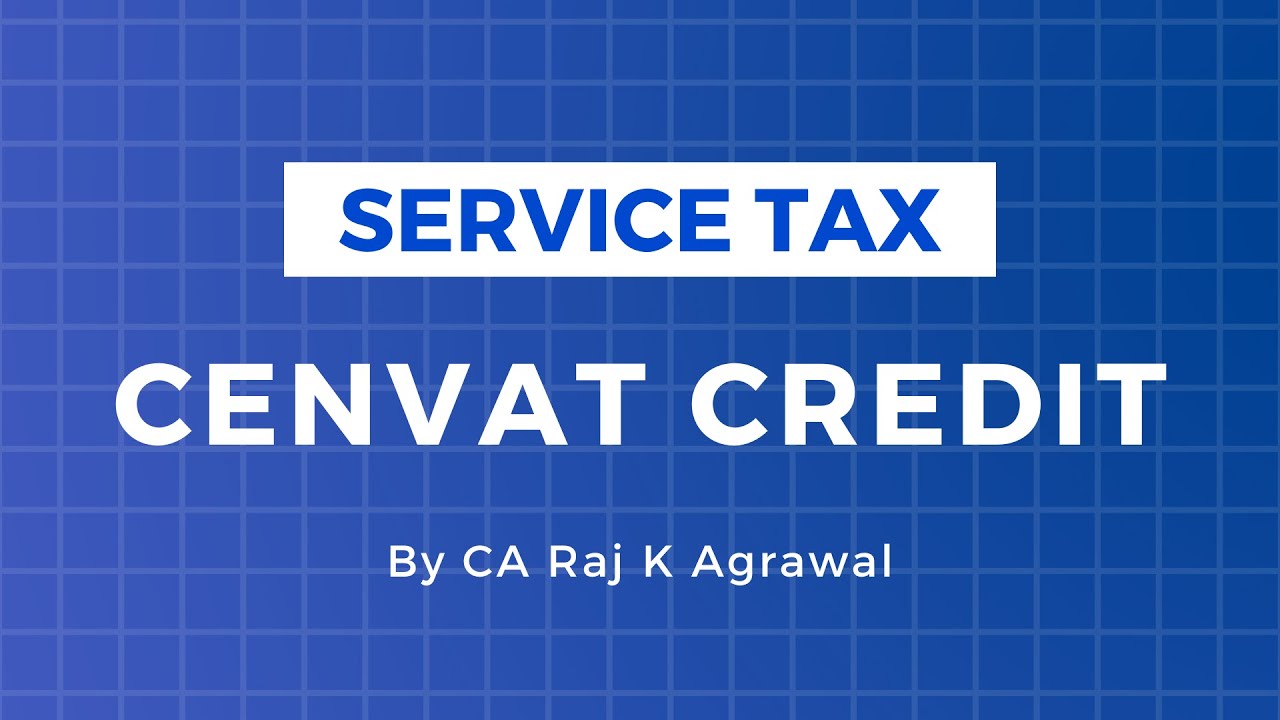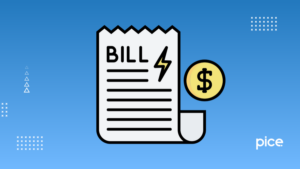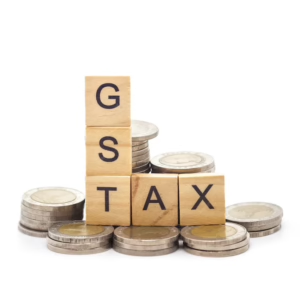CENVAT Credit Guidelines
- 2 Sep 24
- 13 mins
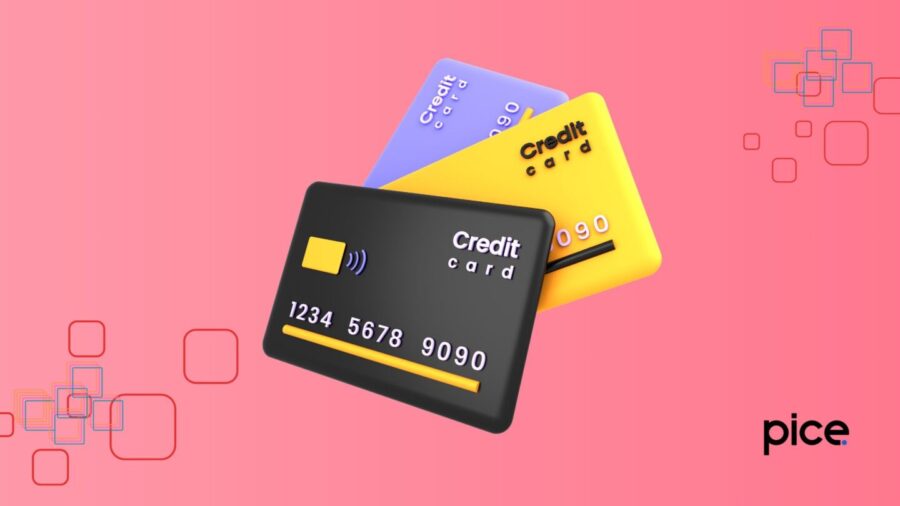
CENVAT Credit Guidelines
Key Takeaways
- The CENVAT Credit system evolved from MODVAT, expanding its scope to include both goods and services, thus reducing the cascading effect of taxes.
- CENVAT allows manufacturers and service providers to claim credit on various inputs, including raw materials, capital goods, and input services, thereby lowering overall tax liabilities.
- Input service distributors play a crucial role in optimizing CENVAT credits across different branches or units of a business.
- Proper management of CENVAT Credit, including the closing balance, is essential to ensure compliance and optimize tax benefits.
- CENVAT differs from VAT in its broader scope, covering a wider range of taxes and services, and being administered at the central level rather than state level.
The Central Value Added Tax (CENVAT) Credit system plays a crucial role in reducing the cascading effect of taxes, particularly in the context of indirect taxation in India. It allows manufacturers and service providers to claim credit for the taxes paid on inputs and input services used in the production of goods or the provision of taxable services.
Evolution of CENVAT
The CENVAT Credit system is a refined version of the MODVAT (Modified Value Added Tax) introduced in India in 1986. Initially, the MODVAT system allowed manufacturers to claim credit for the excise duty paid on inputs, thereby reducing the tax burden on the final product. Over time, the system evolved into CENVAT, expanding its scope to include services, which was a significant shift as it acknowledged the growing importance of the service sector in the economy.
Under CENVAT, both manufacturers and service providers could avail credit for the excise duties and service tax paid on inputs and input services. This change was crucial in mitigating the issue of double taxation, where both goods and services were taxed separately. The expansion of CENVAT to cover input services, such as legal services, auxiliary services, and distribution services, allowed for a more comprehensive and seamless tax credit system.
The evolution of CENVAT also included provisions for input service distributors, who could distribute the credit of service tax among different units of a service provider. This was particularly beneficial for large organizations with multiple branches or operations across different locations. Over the years, various amendments and rules, such as Rule 6(3) and Cenvat Credit Rule 9, were introduced to refine and enhance the effectiveness of the CENVAT Credit system.
CENVAT Eligible Inputs
CENVAT Credit can be availed on various inputs used in the manufacturing process or in the provision of taxable services. Eligible inputs typically include raw materials, packing materials, and other items directly involved in the production process. For instance, a manufacturer can claim credit on the excise duty paid for raw materials like steel or chemicals used in the production of goods.
Apart from raw materials, inputs also encompass goods used within the factory premises that are not directly involved in the manufacturing process but are essential for the production stages. These could include lubricants, fuels, and other consumables. The credit of duty paid on these inputs can be utilized to offset the excise duty payable on the final product.
💡If you want to pay your GST with Credit Card, then download Pice Business Payment App. Pice is the one stop app for all paying all your business expenses.
Moreover, CENVAT allows credit on capital goods used in the production process. These capital goods include machinery, equipment, and other long-term assets that contribute to the manufacturing process over an extended period. The inclusion of capital goods under CENVAT ensures that manufacturers can reduce their overall tax liability and improve cash flow.
In the context of service providers, inputs may also include goods and services procured to support the provision of taxable services. For example, a Security Guard Service Business can claim CENVAT Credit on the uniforms and equipment provided to its employees, as well as on the services of legal advisors or auditors hired to ensure compliance with regulations.
CENVAT Input Service Credit Utilization
CENVAT Credit is not limited to just the physical inputs but also extends to input services that are crucial for the production process or the provision of taxable services. Input services cover a wide range of activities, including procurement, logistics, and legal services, which support the core business operations.
Service providers can avail of credit on the service tax paid on these input services, which can then be used to offset the service tax payable on their output services. This credit system ensures that the tax paid on input services is not passed on to the final consumer, thereby reducing the overall cost of the service.
For example, a service provider offering consultancy services can claim credit for the service tax paid on various input services such as office rent, professional fees for legal advisors, and IT services. The credit for these input services can be used to reduce the service tax liability on the consultancy services provided to clients.
Moreover, the concept of an input service distributor allows businesses with multiple branches to distribute the credit of input services among their various units. This system helps in optimizing the use of available tax credits and ensures that businesses can effectively manage their tax liabilities across different locations.
Input service credit utilization under CENVAT is governed by specific rules and conditions, such as the requirement to maintain detailed records of all input services and the payment of service tax. Compliance with these rules is essential to avoid any penalties or disallowance of credits by tax authorities.
Duties and Taxes Qualifying for CENVAT Credit
CENVAT Credit can be availed on a variety of duties and taxes, making it a comprehensive system for managing tax liabilities. The primary duties eligible for CENVAT Credit include excise duties, additional duties of customs (commonly known as CVD), and service tax. These duties are levied at various stages of production and distribution and can significantly impact the overall cost of goods and services.
Excise duties are levied on the manufacture of goods within India, and the payment of duty is required before the goods can be removed from the factory premises. The CENVAT Credit system allows manufacturers to claim credit for the excise duty paid on inputs and input services, which can then be used to offset the excise duty payable on the final product.
Additional duties of customs, also known as countervailing duties (CVD), are levied on imported goods to counterbalance the excise duties that would have been payable if the goods were manufactured domestically. CENVAT Credit is available on these additional duties, allowing importers to reduce their tax burden.
Service tax, which is levied on the provision of taxable services, is another key component of the CENVAT Credit system. Service providers can claim credit for the service tax paid on input services, which can be used to offset the service tax payable on their output services. This system ensures that the tax is not passed on to the final consumer, thereby reducing the overall cost of the service.
CENVAT Credit Closing Balance
The closing balance of CENVAT Credit refers to the unutilized credit that remains at the end of a financial period. This balance can be carried forward to the next period and used to offset future tax liabilities. The closing balance is an important aspect of CENVAT Credit management, as it reflects the efficiency with which a business has utilized its available credits.
The closing balance is typically recorded in the business's accounts and is subject to scrutiny by tax authorities. It is essential to maintain accurate records of all input credits availed, utilized, and carried forward to ensure compliance with tax regulations. Any discrepancies in the closing balance can lead to penalties or disallowance of credits.
Businesses are required to file regular returns detailing their CENVAT Credit transactions, including the opening balance, credits availed during the period, credits utilized, and the closing balance. These returns provide a comprehensive overview of the business's tax credit position and help in ensuring that the credits are managed effectively.
The management of the closing balance is particularly important for businesses with fluctuating tax liabilities, as it allows them to optimize their cash flow and reduce their overall tax burden. By carefully managing their CENVAT Credit, businesses can ensure that they have sufficient credits available to meet their future tax liabilities.
Conditions for Claiming Input Tax Credit
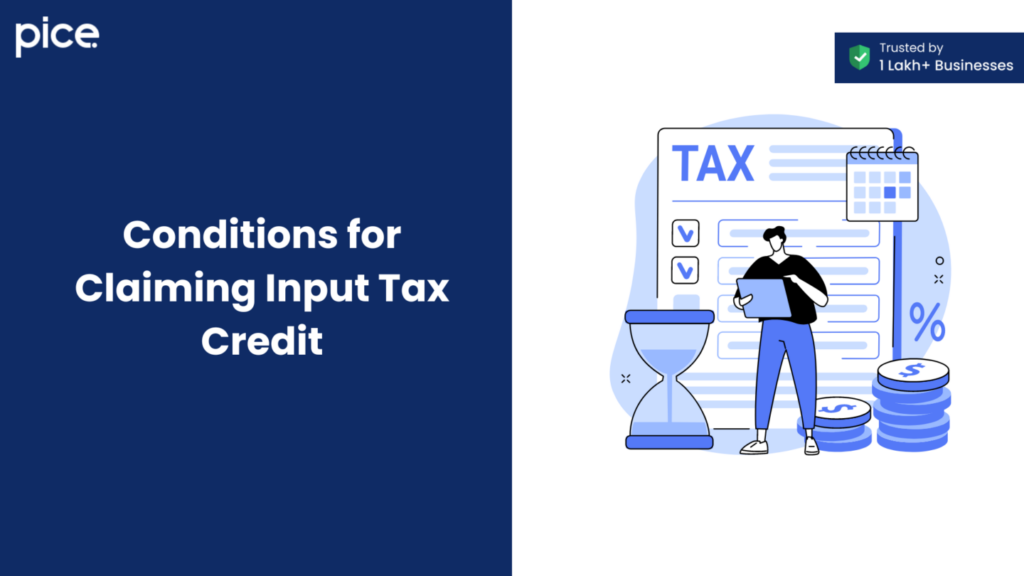
Claiming Input Tax Credit (ITC) under the CENVAT Credit system is subject to several conditions, which businesses must adhere to in order to avail the benefits. The primary condition is that the input goods or services must be used in the manufacture of goods or the provision of taxable services. If the inputs are used for non-taxable or exempted services, the credit may not be claimed.
Another important condition is that the input services must have been received and the service tax must have been paid before the credit can be claimed. This requires businesses to maintain accurate records of all transactions and ensure timely payment of service tax. Additionally, the credit must be claimed within the stipulated time frame, as delays can result in the forfeiture of the credit.
For capital goods, the credit can be claimed in two installments, with 50% of the credit available in the year of purchase and the remaining 50% in the subsequent year. This phased approach helps in managing the tax liability over a period of time, reducing the immediate impact on cash flow.
Businesses must also ensure that the goods or services on which the credit is claimed are not subject to double taxation. If the goods or services have already been taxed and the credit has been claimed, any subsequent claim would be disallowed. This condition is crucial in preventing the misuse of the CENVAT Credit system and ensuring that the tax credits are used appropriately.
Finally, businesses must comply with the relevant rules and regulations governing the CENVAT Credit system, such as Rule 6(3) and Cenvat Credit Rule 9. These rules outline the specific requirements for claiming and utilizing CENVAT Credit, including the maintenance of proper records and the filing of regular returns.
Distinction between VAT and CENVAT
The Value Added Tax (VAT) and Central Value Added Tax (CENVAT) systems are both designed to reduce the cascading effect of taxes and provide relief to businesses. However, there are key differences between the two systems that reflect their distinct purposes and scopes.
VAT is primarily a state-level tax levied on the sale of goods within a state. It applies to the value added at each stage of production and distribution, with businesses allowed to claim credit for the tax paid on inputs. The VAT system ensures that the tax is only levied on the value added at each stage, rather than on the total value of the goods.
CENVAT, on the other hand, is a central-level tax that applies to the manufacture of goods and the provision of taxable services. It allows manufacturers and service providers to claim credit for the excise duties, additional duties, and service tax paid on inputs and input services. CENVAT is broader in scope than VAT, as it covers both goods and services, and includes a wider range of duties and taxes.
Another key difference is in the administration of the two systems. VAT is administered by the state governments, with each state having its own VAT rules and rates. CENVAT, on the other hand, is administered by the central government, with a uniform set of rules and rates applicable across the country.
In conclusion, while both VAT and CENVAT serve the purpose of reducing the tax burden on businesses, CENVAT is more comprehensive and covers a wider range of taxes and services. The CENVAT system provides greater flexibility and relief to businesses by allowing them to claim credit for a broader range of taxes and services, making it a more effective tool for managing tax liabilities.







